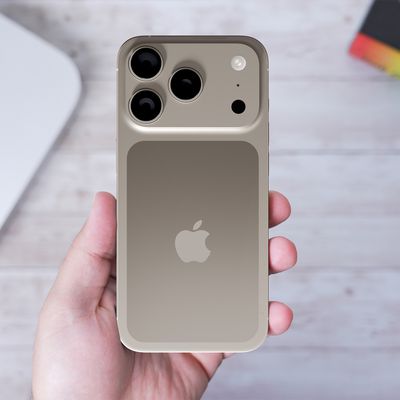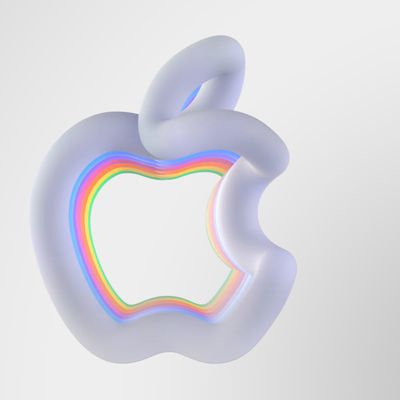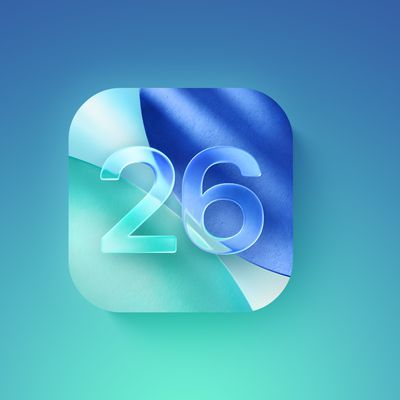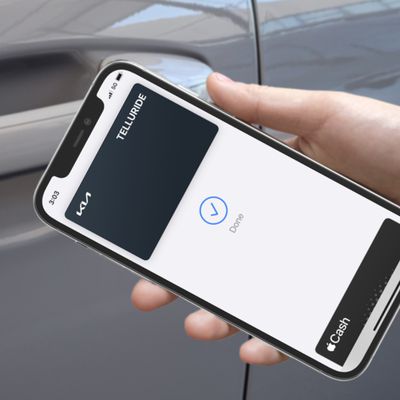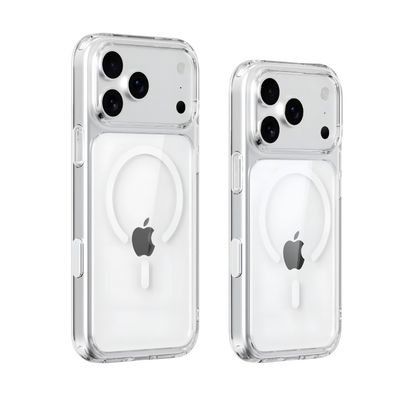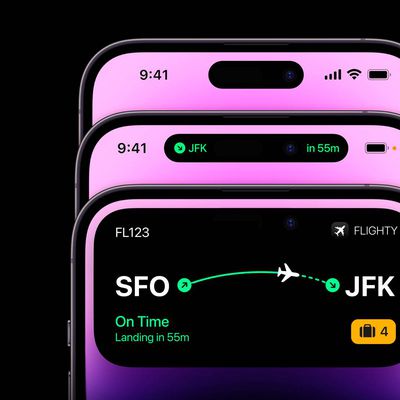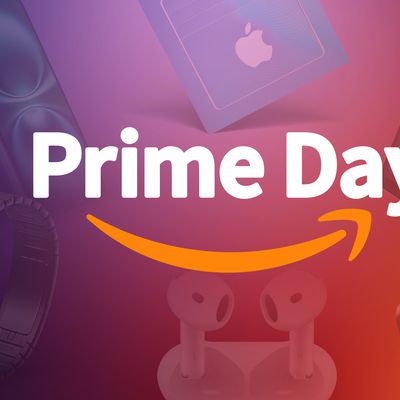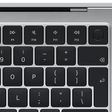The iPhone 16 succeeds 2023's iPhone 15, introducing over 30 new features and improvements. With many users adopting two-year upgrade cycles, plenty of iPhone 14 owners will be looking to upgrade to the iPhone 16, so this guide outlines some of the major differences you should be aware of between the two generations.
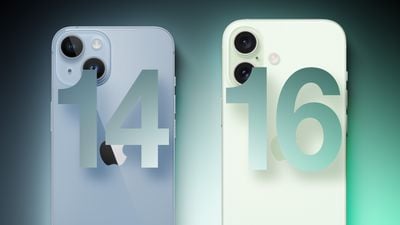
In 2022, Apple unveiled the iPhone 14 as the successor to the popular iPhone 13, introducing an improved main camera with the Photonic Engine, Action Mode, longer battery life, satellite connectivity and Crash Detection, and more. Two years later, the iPhone 16 offers a noticeable upgrade, with the accumulative improvements of two generations stacking up. To get a sense of the entirety of the upgrades, see our other two buyer's guides that set out every difference offered when making the jump from the iPhone 14 to the iPhone 15, and the iPhone 15 to the iPhone 16:
- iPhone 14 vs. iPhone 15 Buyer's Guide: 20+ Upgrades Compared
- iPhone 15 vs. iPhone 16 Buyer's Guide: 30+ Upgrades Compared
Overall, the iPhone 16 is a fairly significant upgrade over the iPhone 14, introducing meaningful quality-of-life features like the USB-C port, Action button, and Camera Control that change the methods of interaction with the device. The new design with the Dynamic Island and slimmer bezels, frosted back glass, and contoured edges result in a noticeably different aesthetic and feel in the hand.
The iPhone 16 also brings advancements to photography and videography, adding macro photography and revamped Photographic Styles – practical features that most users can take advantage of. There are substantial hardware improvements with the addition of a 48-megapixel Fusion main camera with a 2x optical zoom option, which significantly enhances image quality.
The iPhone 14 does not support Apple Intelligence, Apple's upcoming suite of AI tools. With the A18 chip, the iPhone 16 has full support for Apple Intelligence, including Apple's new Visual Lookup feature, which is exclusive to the iPhone 16 lineup. It is also worth noting that the iPhone 16 offers considerably longer battery life, Roadside Assistance via satellite, Thread networking support, faster charging, new color options, Wi-Fi 7 support, the second-generation ultra wideband chip, and more.
Due to the scale and breadth of these improvements, some iPhone 14 users can justify upgrading to the iPhone 16, especially if they value the new design, USB-C port, Action button, and camera improvements. However, many users will still be able to stick with their device for another year, holding off for an even more substantial upgrade in the future.



